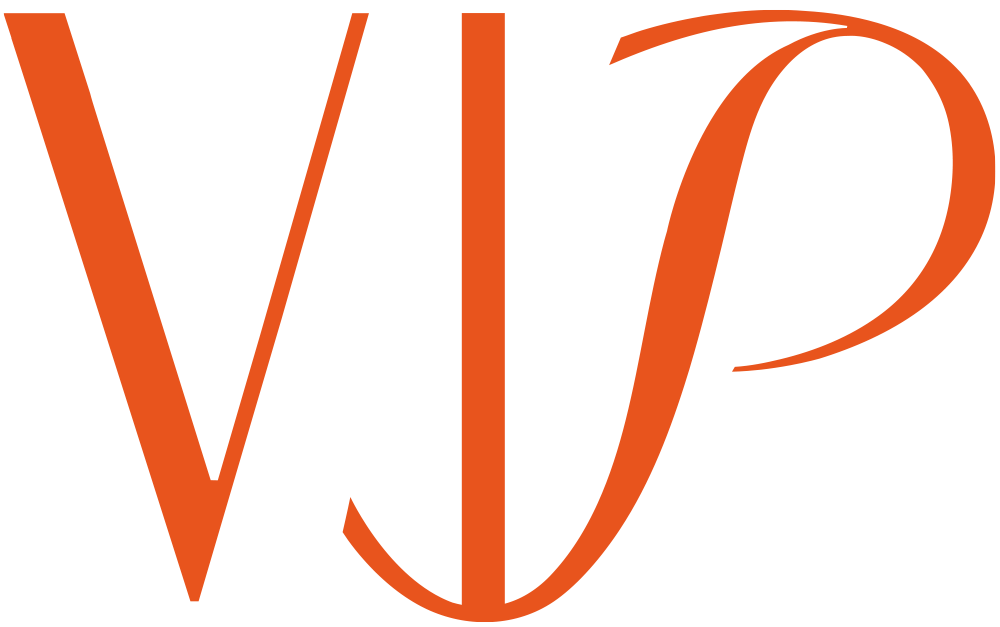[2002.11.06] Enhancing Nasal Tip Support with Septal Cartilage
Title:
Enhancing Nasal Tip Support with Septal Cartilage Strut Grafts: A Clinical Evaluation
Conference:
53rd Fall Meeting of the Korean Society of Plastic and Reconstructive Surgeons
Date: November 6, 2002
Venue: Walkerhill Hotel, Seoul
Background
Many Asian noses exhibit weak projection, a flattened nasal tip, poorly defined tip-defining points, and columellar retraction. These characteristics often stem from weak or flattened lower lateral cartilages combined with abundant fibrofatty tissue in the soft-tissue envelope. As patient expectations continue to rise, simply “making the nose higher” is no longer adequate; patients now desire more refined contours, properly aligned nostrils, and an aesthetically pleasing nasolabial angle. However, most traditional rhinoplasty techniques have been insufficient for modifying the nose’s underlying structures, especially when relying predominantly on implants like silicone to shape the tip.
Methods and Materials
Recognizing that a primary challenge in Asian nasal tip surgery lies in reinforcing weak cartilage structures, the authors utilized septal cartilage (rather than artificial implants) to perform a strut graft between the medial crura. This approach creates a stable, upright platform for the nasal tip. Depending on the desired rotation and projection, an onlay or shield graft was added—either as a single graft or in multiple layers—to achieve more precise tip contouring.
Results
Using this method:
- The nasal tip contour became more clearly defined.
- The nostrils were optimally oriented in an upward direction, improving overall tip projection and rotation.
- Because the tip was reconstructed with autologous cartilage rather than silicone, complications commonly associated with implants were minimized.
- In revision cases where patients had implant-related issues, septal cartilage proved particularly beneficial.
Discussion
Asian noses, which frequently present with a low profile or broad tip, often do not respond well to traditional tip augmentation techniques involving implants. In contrast, using septal cartilage to strengthen and shape the nasal tip can address both functional and aesthetic concerns while reducing the risk of complications. Thus, septal cartilage strut grafting emerges as an optimal solution for achieving stable, refined, and natural-looking nasal tip results in Asian rhinoplasty.


















